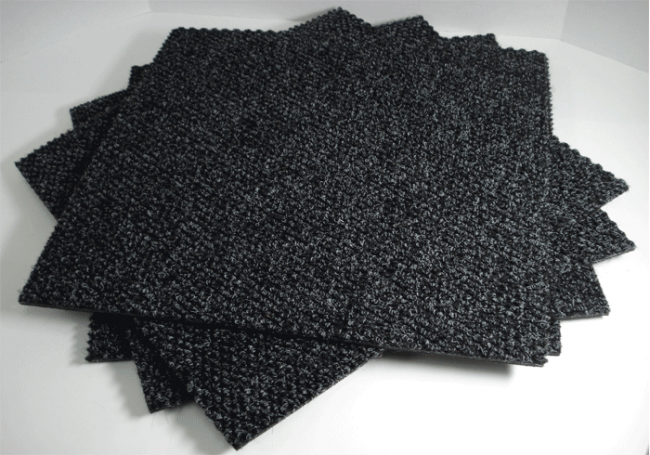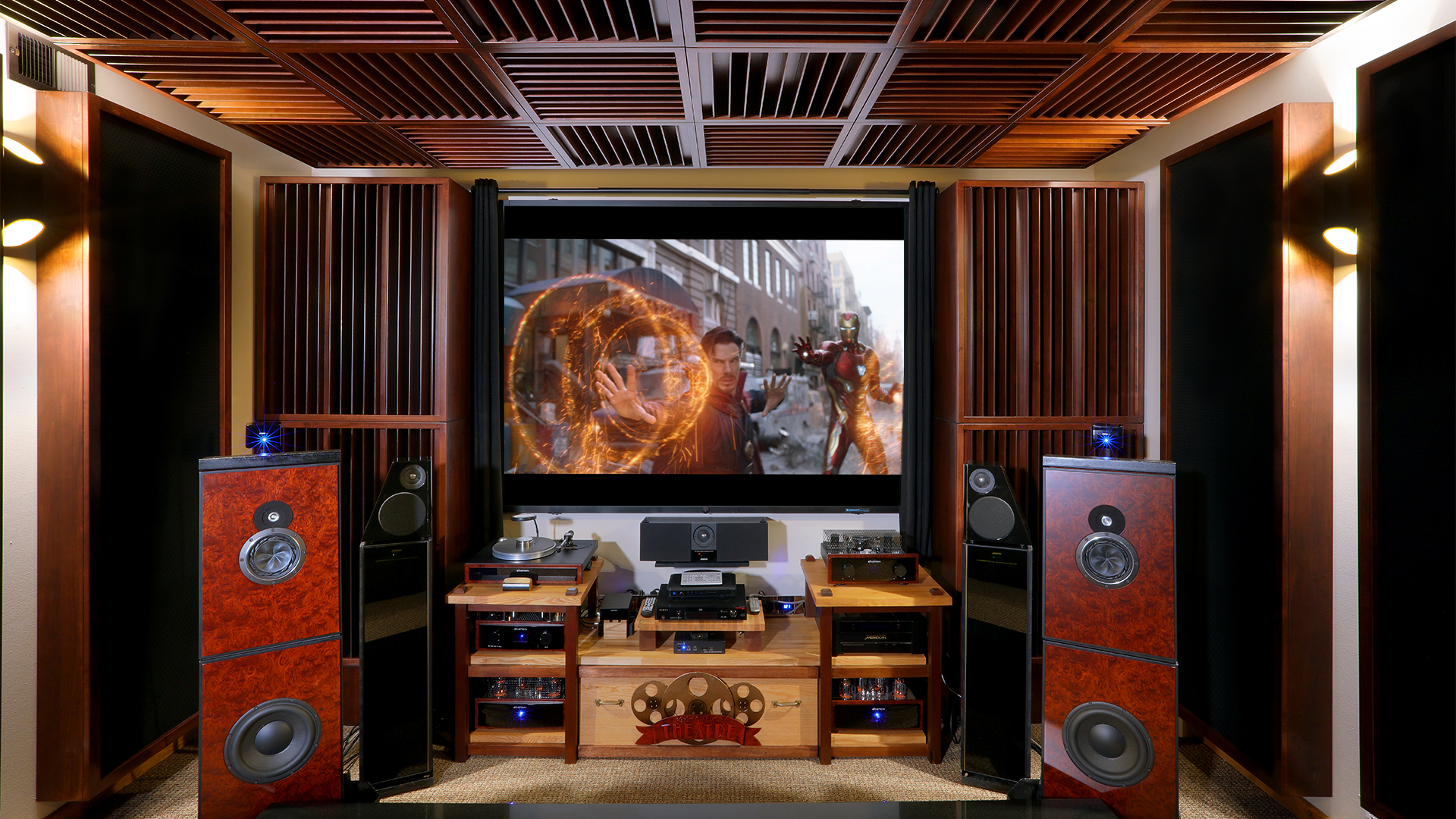The best way to approach the question of what home theater carpet to use is to focus on usage. The amount of wear and tear the floor will go through will determine how much usage the floor will receive. The acoustical benefit of floor treatment is a secondary concern. Your first concern is to determine how much traffic will be going across the floor and then choose the correct floor treatment type. With home theater carpet you will have to choose a material type that can easily be cleaned. You will have liquid spilled on the carpet along with food. It would be best to choose a commercial grade carpet that can be cleaned easily and will provide the proper surface area for maintenance.
At Acoustic Fields, https://www.acousticfields.com/ can assist you with this and any other decision involving a critical listening environment. The floor usage and material type are important but the floor is only one of six surfaces that must be addressed within any critical listening room. If the usage is two channel listening, home theater, a control room or even a podcast room, all surfaces must be treated so we can create the usage environment that we are designing for. Here is a link to our design services which will not only include the treatment (carpet) side of the equation but will also deal with any noise transmission issues. Noise transmission is defined as noise leaving the room and bothering others or noise created by others bothering you within the room.
An option that has all of the requirements for a home theater carpet is to use a floor mat configuration. Floor mats come in all shapes, sizes, and material types. They are durable and can be easily installed and cleaned. Pictured below is what is called a cocoa mat. It has a textured surface like a carpet but is much more durable. It can handle the wear and tear from any usage along with food drops and liquid spills. It does not shed and is available in many colors.

Cocoa Mats: https://www.americanfloormats.com/super-brush-mats-cocoa-alternative/

There is another group of mats that are made from more eco friendly materials. They are thin and come in many design styles. Their color options are numerous and they have sizes that will accommodate many usages. They are waterproof and will resist food and other items that are spilled upon them. Another group that will resemble more of a fabric solution. They come in 24″ x 24″ squares that have a vinyl base with carpet on the top surface. You can install each square yourself and the color options are numerous.

The floor system in our home theaters does not have a large impact on what we hear. Whether we use home theater carpet or hardwood or some other treatment type, we must now focus upon the wall surfaces. The four walls and ceiling will provide 90% of what we hear and don’t hear within our home theater rooms. We have two treatment options for our walls and ceilings. We have absorption and diffusion. We must divide the absorption into three parts. We have low frequency, middle, and high frequency absorption to cover the complete frequency response range. With diffusion technologies we have to focus on the middle and high frequencies. Using a combination of absorption and diffusion will produce the best results in your home theaters. Our first objective will be to focus on the low frequency energy produced by our electronics. Home theaters are all about the low end and care must be taken to use the correct sound absorbing technology. If we do not manage the low frequencies, we will not be able to hear any dialog that is in the middle range frequencies. We have three types of low-frequency energy to use in our home theaters.

To absorb low-frequency energy within our home theaters, we can use Helmholtz, membrane, and diaphragmatic absorption. Of the three types, diaphragmatic absorption is the most powerful and horsepower is what we need when it comes to car crashes and explosions. Car crashes and explosions produce energy that never fits in our rooms. When it doesn’t fit, it creates all types of distortion that can blur and smother our dialog. When low-frequency energy hangs around within our rooms, it can exaggerate or smother whole frequency ranges where you will hear more of some sounds and may not hear others at all. We can minimize these impacts in small rooms by providing the correct treatment type, amount, and placing this material type in the correct position within the room. One position to place low-frequency absorption absorption in is under the seats. Positioning low-frequency absorption under the seats produces a much tighter low-frequency response along better attack and decay rates.

Diffusion is a technology to make a small room sound larger. Our home theater carpet rooms are small. They are too small for low-frequency resolution unless properly treated. Once you have the low, middle, and high frequencies managed correctly using absorption, you are ready to take that effort and make it sound larger in scale. This is where diffusion comes in. Quadratic diffusion can create a diffuse sound field. It can do this in two dimensions with proper positioning. In small theater rooms, it is best to place diffusion on the rear wall and the ceiling. These two surface areas working together will create a more spaciousness sounding room with plenty of resolution and detail.
When all the treatment in the room and the electronics all start to work together, your theater will sound like you always thought it could. You will have dynamic explosions and crashes that will not smother the dialog. You will have speech intelligibility so all spoken words can be heard correctly and clearly. The audio track and presentation will follow the video on screen. When a car moves from the left to the right, the audio will move with the car. Every seat within the theater will be able to enjoy both the audio and the video with no seat getting in the way of the other. A home theater done properly can be a sanctuary where you can go and let go for a while.

About Us At Acoustic Fields: https://www.acousticfields.com/about/







